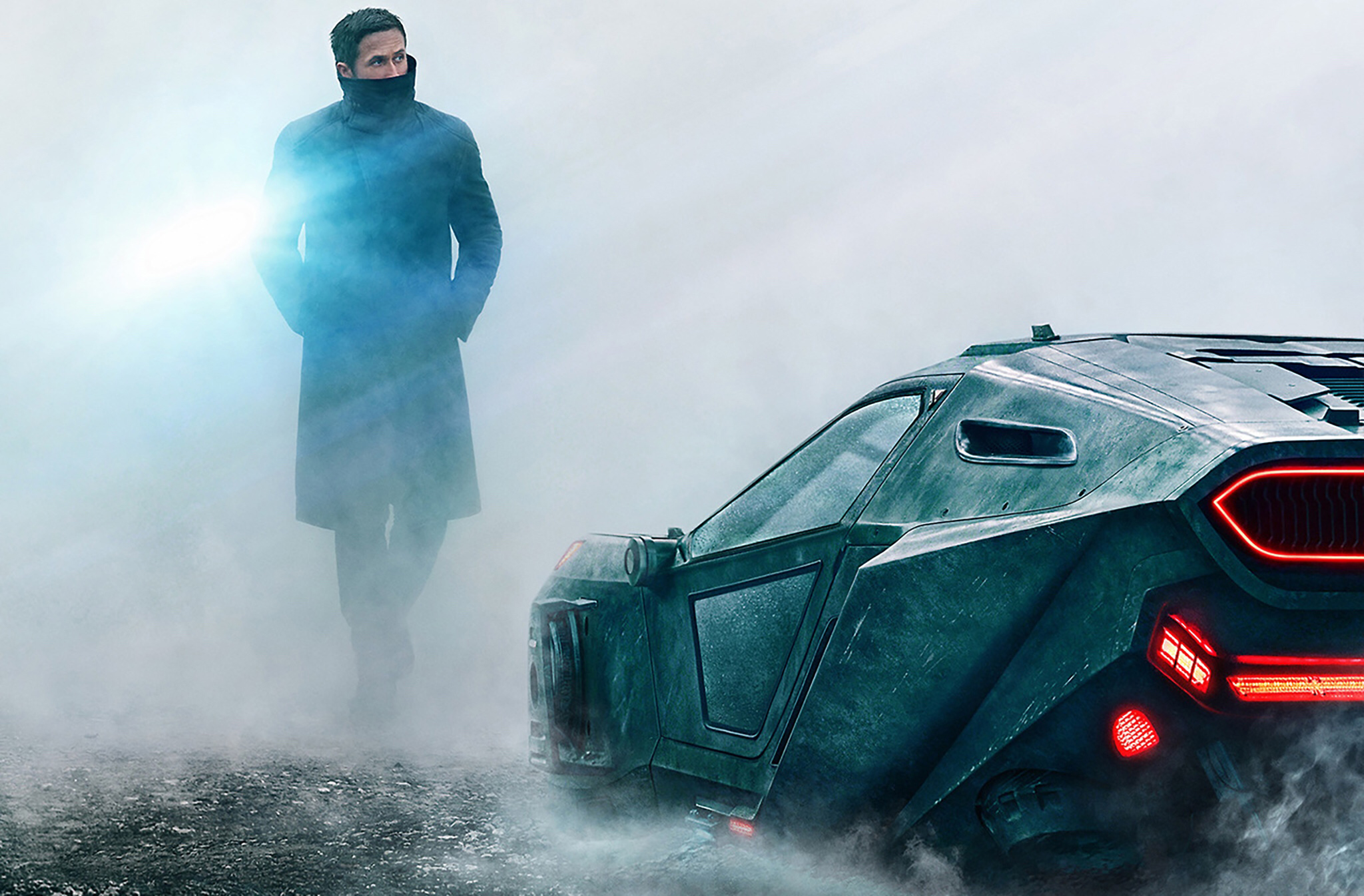The future world of Blade Runner 2049 is a disappointing one


Speaking on what attracted her to write science fiction in the first place, multiple Hugo award winner Octavia Butler relayed it was mainly because she “was able to do anything” and the fact that “there were no walls to hem [her] in and there was no human condition that you were stopped from examining.”
The genre has appeal in its potential and its boundlessness; every story is an opportunity to imagine the world around oneself as whatever you’d like it to be.
Flash forward 40 years to the release of Denis Villeneuve’s Blade Runner 2049 and we see that the genre hasn’t changed in ways Butler once hoped.
It still has a particular representation problem. Within the film’s towering megalopolis rendering of future Los Angeles, is a vision with regressive parameters wherein the only people who maintain their visibility 30 years into the supposed future are white men, while women and people of colour are pushed to the margins.
Much like its predecessor, Blade Runner 2049 touches on a techno-orientalist bend apparent in science fiction which incorporates particularly Japanese aesthetics (language, architecture , fashion) into the vision of a western world invaded by the growing global influence of Asian cultures.
While problematic in how this trope presupposes we view Japan’s culture as inherently exotic and unsettling, it is doubly questionable when you consider throughout BR 2049’s near three hour runtime that there is nary an Asian character to fill out the cast.
If the film’s point was to push a globalist perspective of a future society where cultures the world over converge and exchange at these cosmopolitan centres, why do we only see the culture and not the people responsible for it?
While aesthetically excellent and emotionally layered, Villeneuve’s future vision remains narrow in how it surmises the trajectory of anybody who isn’t, like its director and writer, a white male.
Even more troubling than the erasure of POC, is how the film represents women, who maintain visibility but are no better off.
‘Disappointment’ is the best way to describe the feeling of seeing the mass commodification of women future in L.A., relegating their image to subservient levels of prostitution, indentured servitude and playthings for the eccentric villain and our protagonist.
One or two prominent female roles does not shake the apparent problem; Blade Runner 2049 has a representation problem which is typical of the genre it operates in.
It should be clear that critiquing Villeneuve’s film along this criteria is not to say that all visions of the future in fiction should be classified as Utopian, or that the problems of today cannot be reflected in our science fiction of choice.
Maybe, however, it is tiring to see the disparity of the future represented through the marginalization of those in our society who are too familiar with what that feels like.
Maybe looking 32 years into a future and seeing women as disenfranchised sex workers and hologram play-things for men is a tedious exercise that satisfies no one.
Blade Runner 2049 is, in a word, a masterpiece of blockbuster genre film which unfortunately reiterates the genre’s endemic representation problem, the very same problem Octavia Butler originally reacted against in the 1970s.
While aesthetically excellent and emotionally layered, Villeneuve’s future vision remains narrow in how it surmises the trajectory of anybody who isn’t, like its director and writer, a white male.


